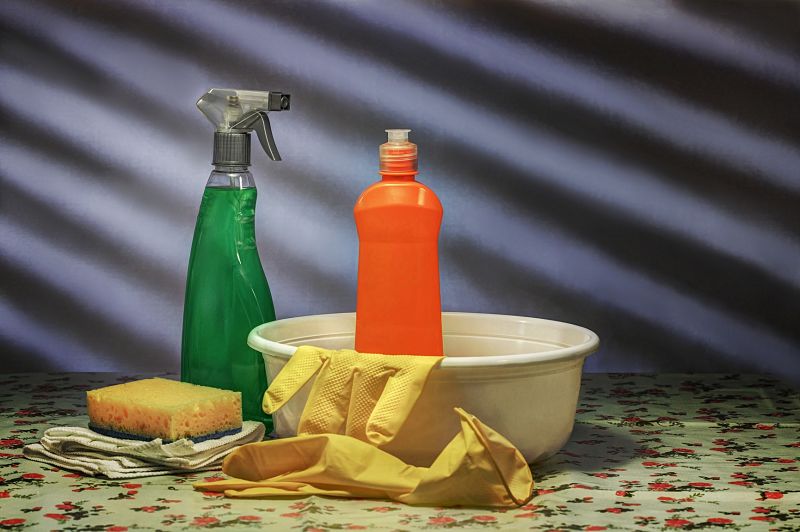Bleach for toenail fungus and other myths

Toenail fungus is, almost unanimously, a discomfiting condition – and one from which many of us have suffered, are suffering, or will suffer at some point in the future. Its commonality is, in many ways, contradicted by the ongoing persistence of many unhelpful and, at times, harmful myths surrounding its treatment.
Afterall, the fact that up to up to 12% of the population could be affected by this infection at any given time should, by now, have led to some much-needed clarity on what the condition is, how it is spread, and, perhaps most importantly, how we can treat it safely and effectively.
Unfortunately, many continue to suffer from the ongoing misinformation that surrounds fungal nail infections.
For that reason, we have gathered together all of the most common (and harmful) myths concerning toenail fungus in one place, with the aim of quashing them once and for all. Read more below.
“The Fungus will Grow Out in a Few Weeks/Months”
Fungal nail infections are, without proper treatment, incredibly stubborn. The fact that they have only minor/superficial side effects for so many people mean that they frequently go untreated – at times, in the hope that, with the steady growth of the nail, the fungus will ‘grow out’ and go away of its own accord.
Unfortunately, not only does this mean that the infection has more time to take root and, potentially, spread to other toes, but it also means that many people opt to regularly cut the affected nail short so as to ‘trim away’ infected areas.
As with uninfected nails and toenails, however, cutting your nails as short as possible often does more damage than good – and can make the area more susceptible to bacterial and fungal infections.
“Bleach is an Effective At-Home Treatment for Toenail Fungus”
Bleach is, undoubtedly, something of a mainstay in the majority of British homes. A do-all cleaning agent, its efficacy as a disinfectant – or, in other words, its ability to kill a wide variety of pathogens – has led to some attempting to use this product as a means of ‘killing off’ fungal nail infections.
This myth is, of course, further exacerbated by the fact that mild ‘bleach baths’ are occasionally used to treat cases of mild skin infections caused by bacteria, such as staphylococcus.
And, while it is true that bleach can kills fungus, its scope is very limited – particularly when used in quantities that will not do significant damage to the skin.
A fungal nail infection is a deep-seated and stubborn condition, and a one-off soak in a diluted bleach bath will have only mild, superficial effects (if any). Frequent soaks in diluted bleach baths risk doing significant damage to the skin and nail – and, by virtue of that damage, rendering you more vulnerable to serious fungal infections.
Concentrated (undiluted) bleach, while much stronger, must never come into contact with your skin or nail. If it does, it could cause serious chemical burns and respiratory issues.
As far as bleach is concerned, its use on toenail fungus is little more than an old wives’ tale. Nowadays, you can buy fungal nail treatment online and treat it from home, without the same risks carried by household bleach.
